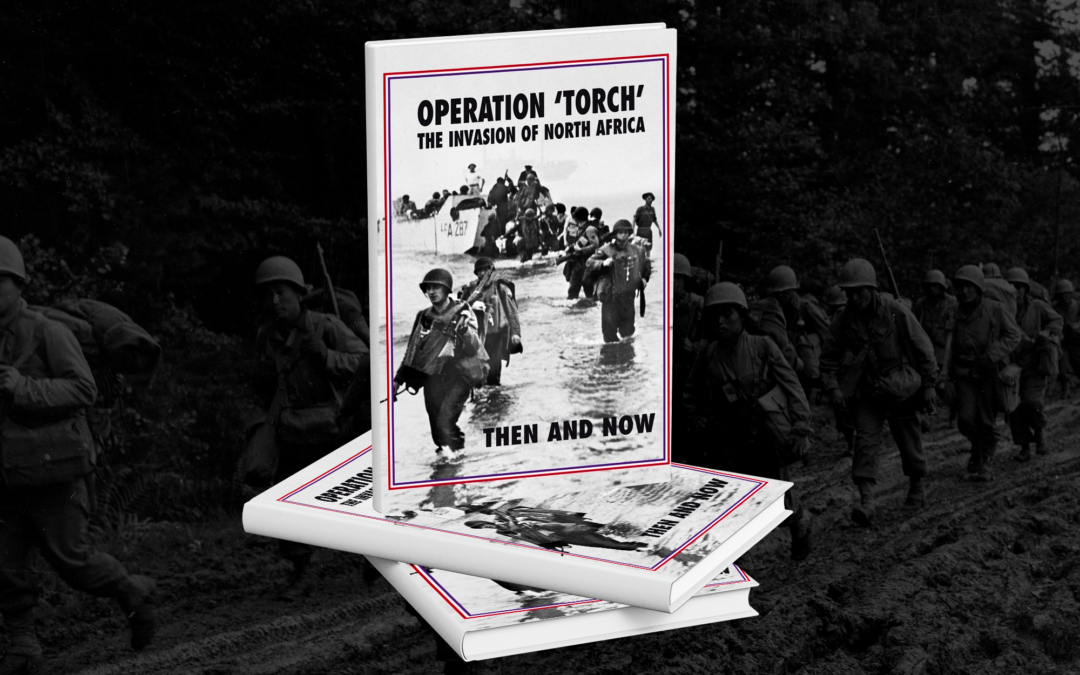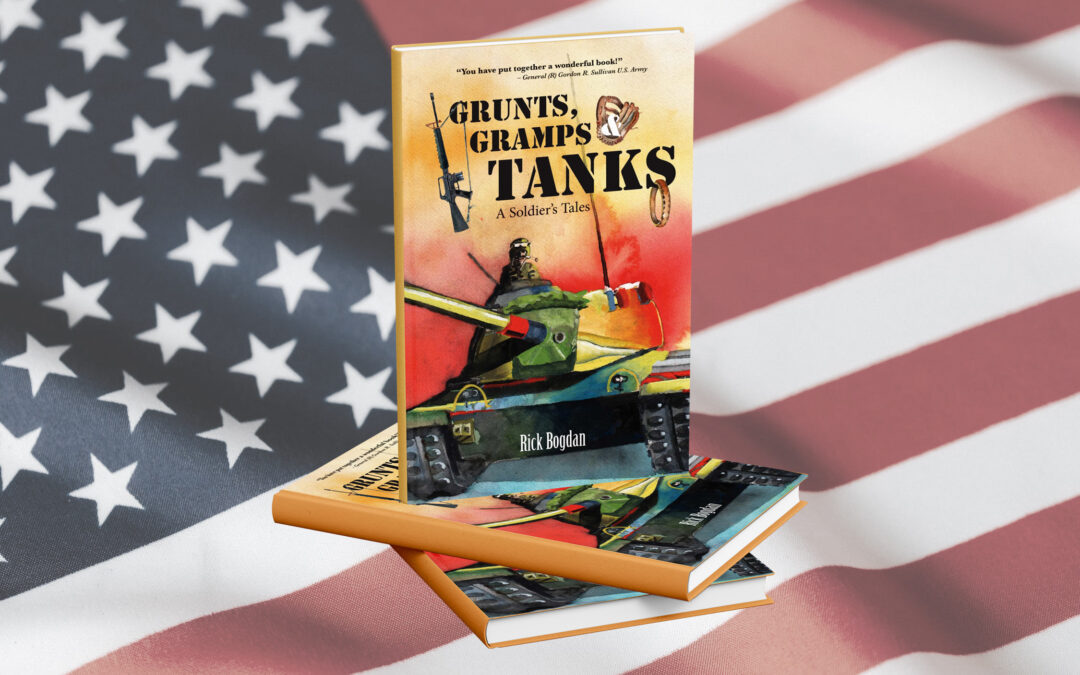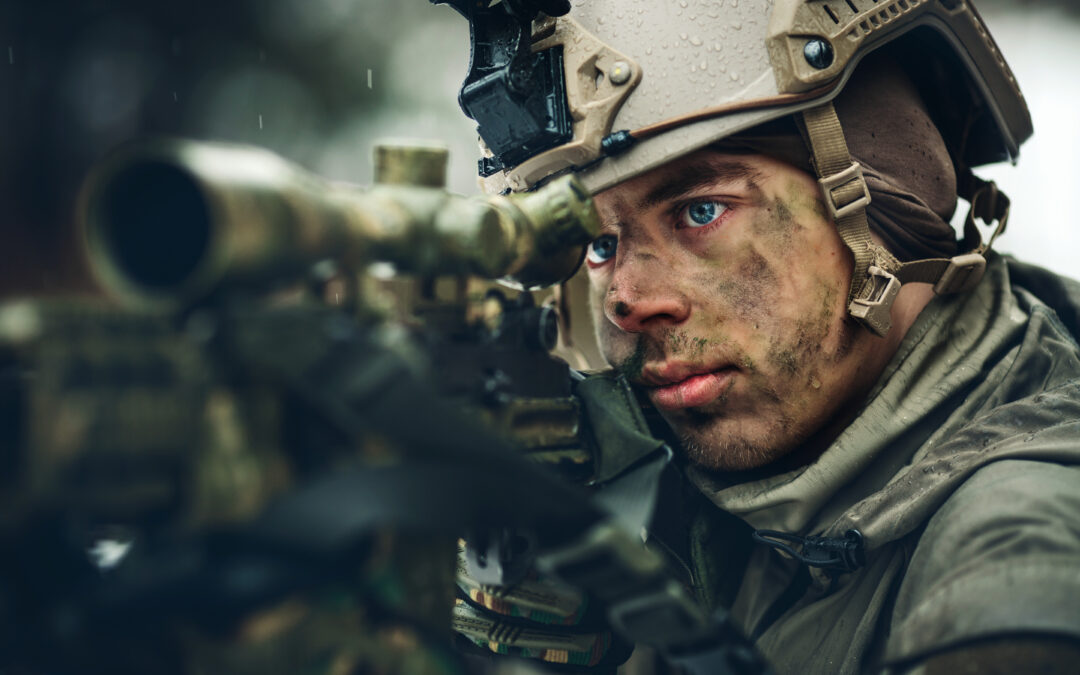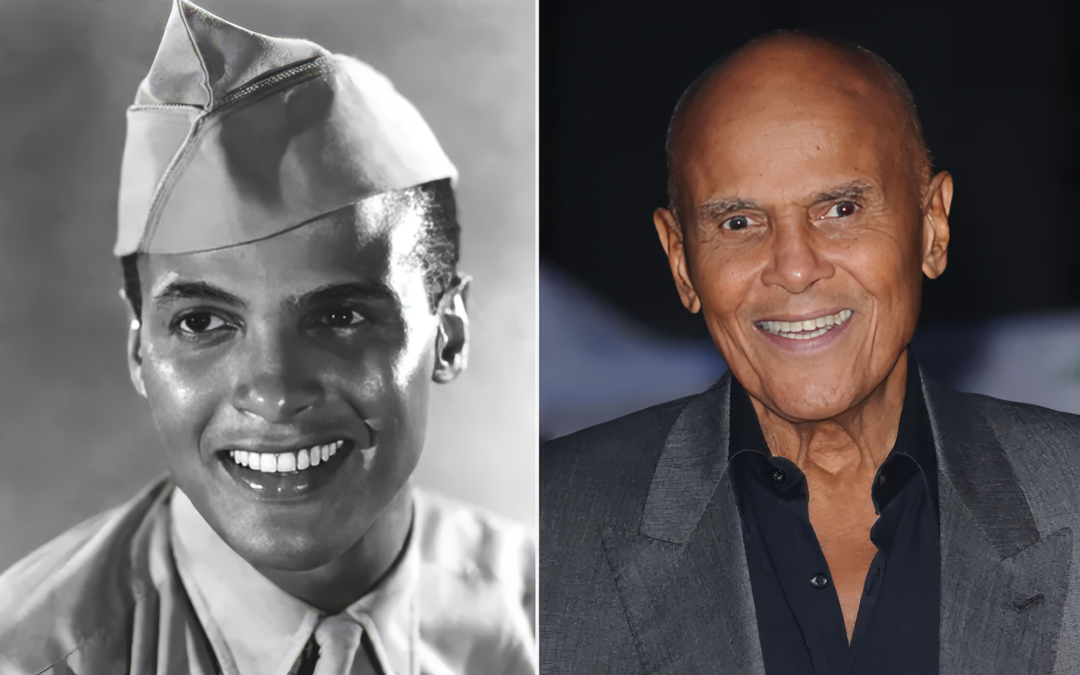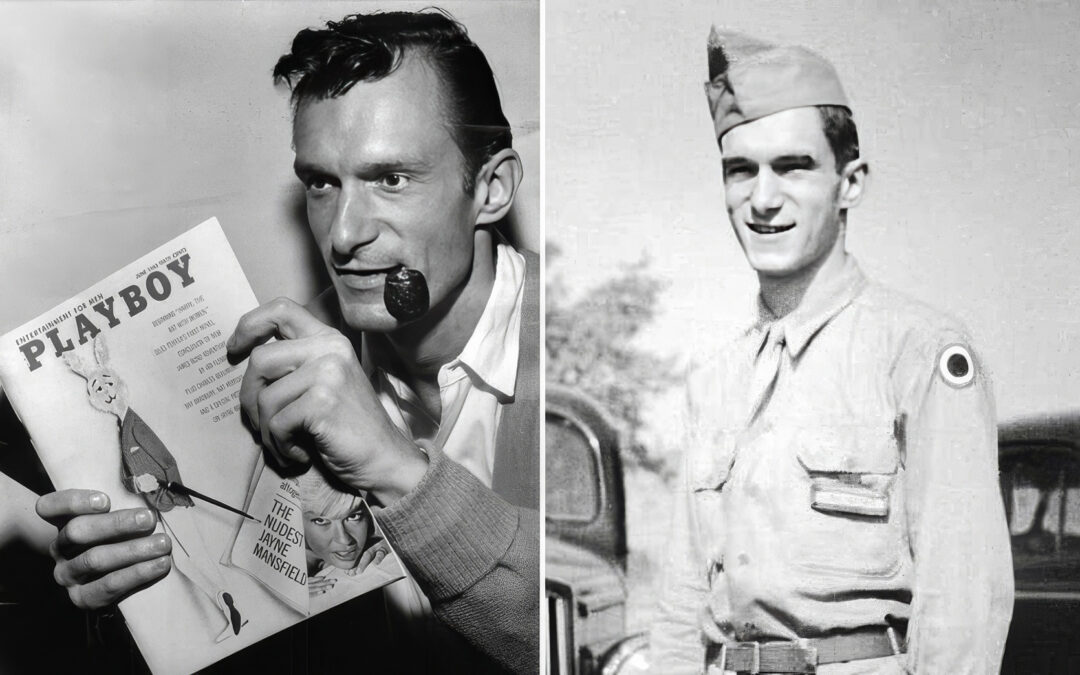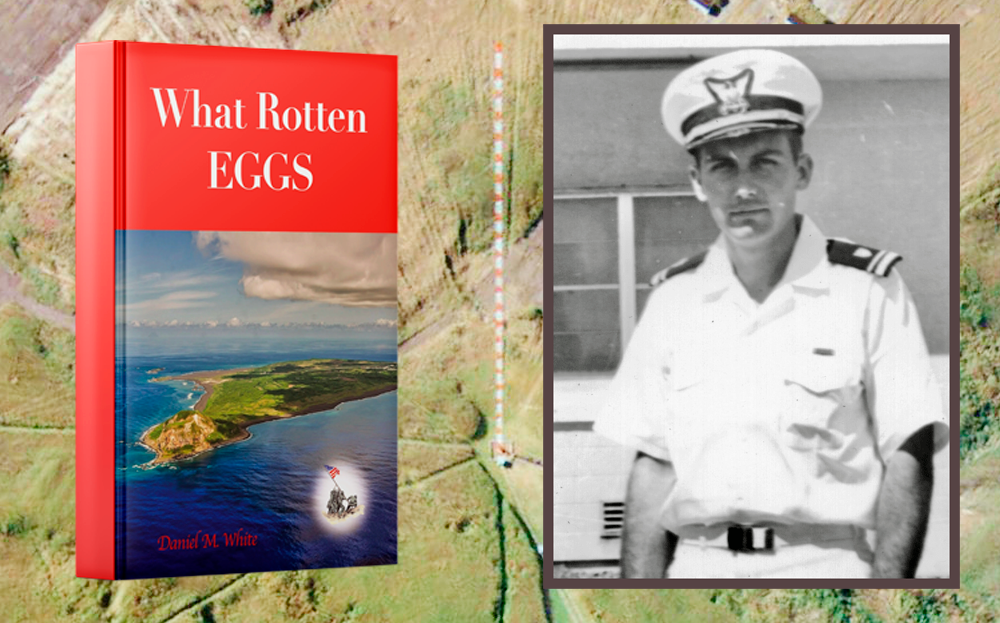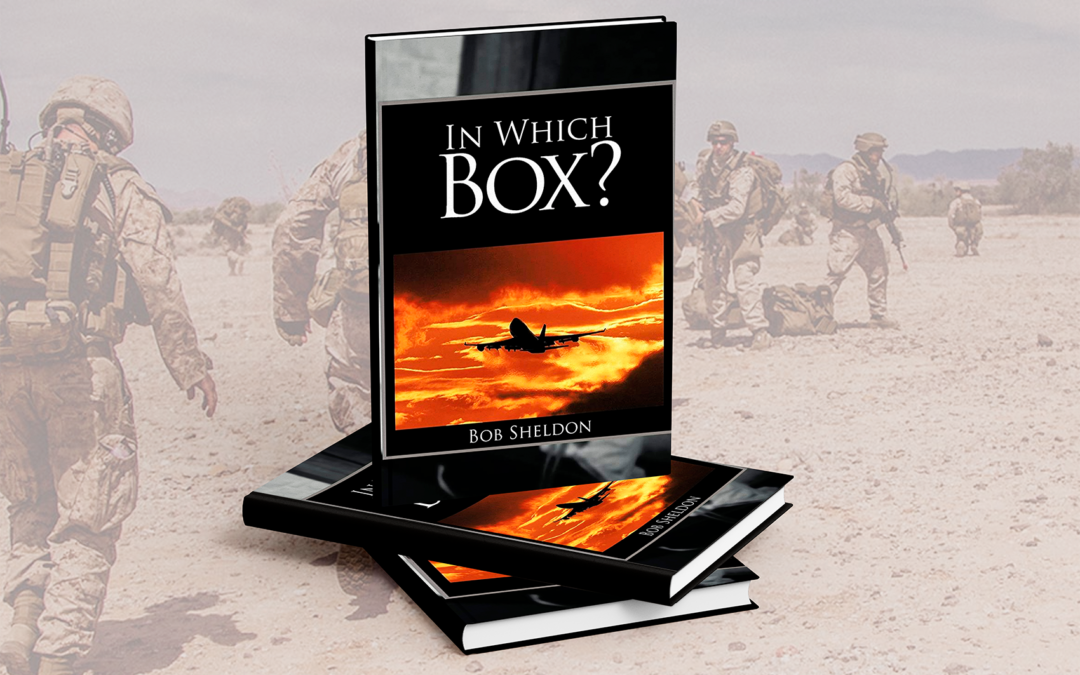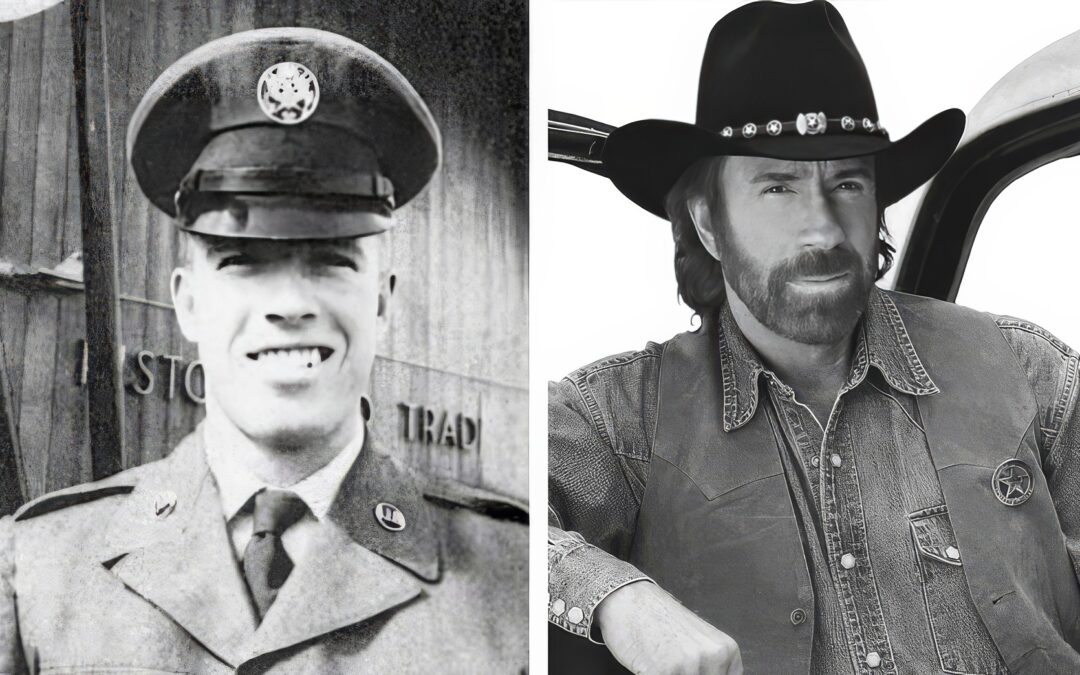The Allied invasion of North Africa is a convoluted tale of politics, diplomacy, grand strategy, and a military campaign. Operation Torch introduced the Americans to the swings and roundabouts of land combat against the Axis Powers and showed up some of the military inconsistencies of their allies - the British. The great partnership was underway on the rocky road to total victory in 1945. The invasion pitted Frenchman against Frenchman and culminated in the total defeat of Germany and Italy on the continent of Africa. Victory buoyed the Allies, setting them on course for the invasion of Italy. None of this satisfied Stalin, of course, but we’re too far down the road to get entangled in debating the rights and wrongs of the Allied strategy. There was a victory at the end of the campaign, and this is what mattered more than anything else. The team at After the Battle continues its mission to cover the legacy of the Second World War with this predictably efficient look at Operation...
